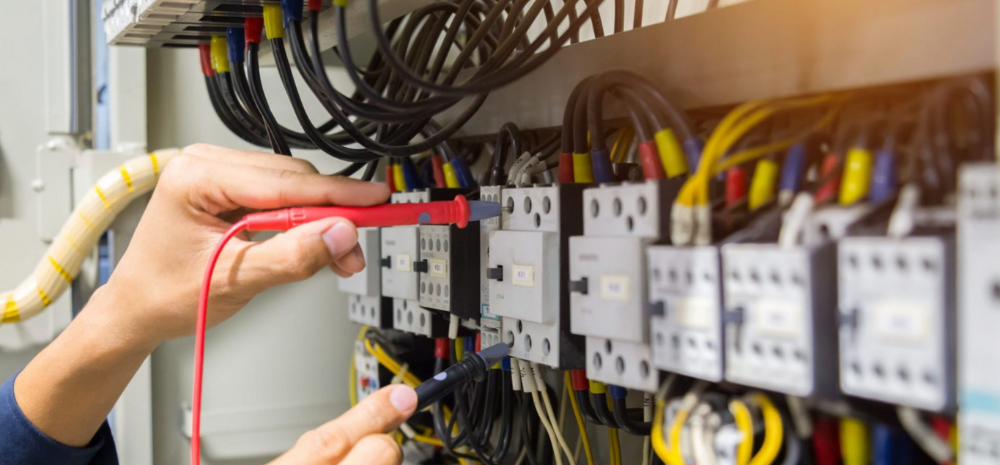There are many different types of electrical wires, each with their own unique applications and properties. Choosing the right type of electrical wire for the right purpose is crucial to ensure safety and reliability. Here’s a quick look at the different types of electrical wires, and the factors to keep in mind in order to select the type that is optimal for your requirements.

Types of Electrical Wires
Single Conductor Wires: The most common type of wire used in homes and other buildings, they are used to connect devices and appliances to power sources. Single conductor wires comprise of a single copper or aluminum wire covered with a plastic jacket or insulation. They are available in different gauges; with the gauge you will need depending on the amount of current that the wire will need to carry.
Multi-Conductor Wires: These wires comprise of multiple wires or conductors bundled together in the same jacket. Multi-conductor wires are commonly used in applications that require several wires to be connected to a single power source – including security systems, intercom systems, and HVAC (heating, ventilation and air-conditioning) systems. These wires are also available in different gauges; with the selection of the gauge dependent on how much current the wire is expected to carry.
Coaxial Cables: These cables are used to transmit radio frequency signals, such as those used for Internet connections or cable TV. Coaxial cables comprise of a central conductor wire that is surrounded by a layer of insulation, with an outer conductor or shield that helps prevent interference from other electrical devices. These cables are available in different gauges, with the right gauge depending on the frequency of the signal to be transmitted.
Ethernet Cables: These cables are used to connect devices to the Internet. Ethernet cables comprise of twisted pairs of wires covered with insulation as well as a protective jacket. They are available in different categories, ranging from Category 5 to 8. The choice of category will depend on the speed and distance of the network you seek to create.
Twisted Pair Cables: These cables are used to transmit data signals, such as those used in computer networks or telephone systems. Twisted pair cables, as the name suggests, comprise of two insulated wires twisted together, which helps prevent interference from other electrical devices. They are available in different categories, ranging from Category 1 to 7, with the choice of category dependent on the speed and distance of the network you seek to create.
Fiber Optic Cables: These cables are used to transmit data signals at high speeds over long distances. Fiber optic cables comprise of a central core made of plastic or glass, surrounded by a protective jacket and layers of insulation. The core uses light to transmit data signals, enabling faster transmission speeds and superior signal quality. These cables are commonly employed in cable TV, telecommunications and Internet systems.
Factors to Consider While Choosing the Right Electrical Wire
Wire Gauge: It is the diameter of the wire and is a key factor to consider when choosing an electrical wire. Your choice of gauge will depend on how much current the wire is supposed to carry. If the wire carries an excess amount of current, it can overheat and trigger a fire. If the wire carries too little current, it may not provide sufficient power for the device or appliance.
Insulation: This is another significant factor to consider while selecting a wire. Insulation safeguards the wire from damage and prevents electrical shocks. Different applications require different types of insulation for e.g. PVC insulation that is commonly used for indoor applications, while rubber insulation is used for outdoor applications.
Temperature Rating: This is the maximum temperature that the wire can withstand. It’s important to choose a wire with a suitable temperature rating, based on the application, as a wire can catch fire or melt if it is exposed to temperatures higher than its rating.
Voltage Rating: This is the maximum voltage that can be carried by the wire. It’s essential to choose a wire with a voltage rating suitable for the application, as a higher voltage than the wire can withstand will cause damage and create a safety hazard.
Keeping in mind the aforementioned four factors will enable you to make an informed decision while purchasing an electrical wire for your requirements, thus ensuring the integrity of your electrical system.













